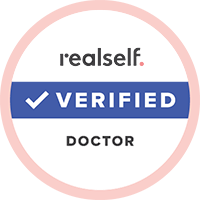Solutions for the Nose Job
Cosmetic Rhinoplasty
Leesburg | Loudoun | Ashburn | Virginia
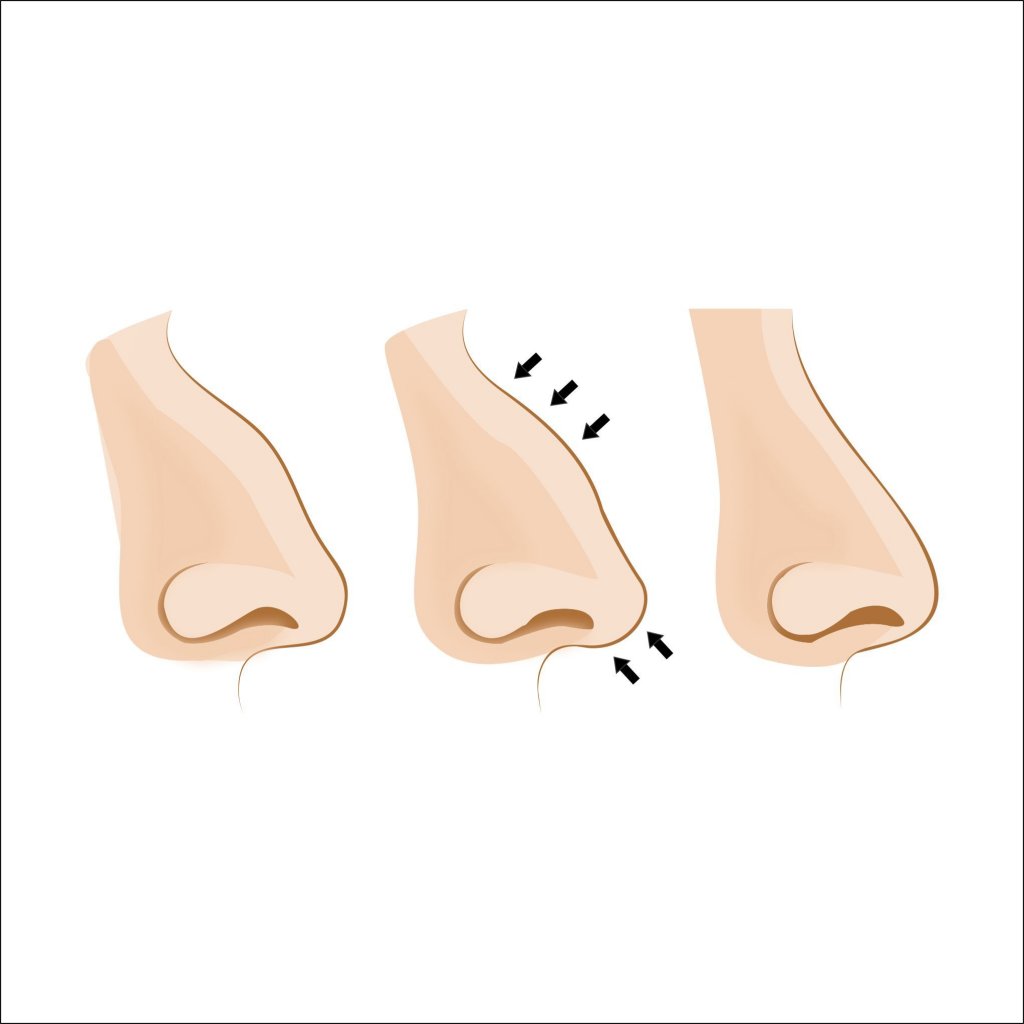
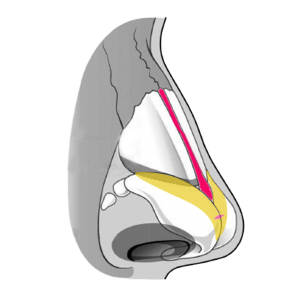
A rhinoplasty or more commonly known as a “nose job” is any surgical procedure that reshapes the nose. The size, shape, and proportionality of a nose is literally the defining centerpiece of every face.
Board certified plastic surgeon Phillip Chang is one of the world’s leading rhinoplasty surgeons and has contributed to the development of the procedure through the application of some of his own unique techniques.
The goals of a nose job is to reshape the nose to give a more pleasing appearance. This can be performed non-surgically using injectable fillers or surgically through either an open rhinoplasty technique or a closed rhinoplasty technique. Most surgical procedures are performed at the surgery center under general anesthesia. Some minor issues can be treated in the office under local anesthesia.
Close to 50 percent of patients may not actually “need” surgery. Their cosmetic concerns can be addressed using a nonsurgical nose job using fillers. This option will be discussed later on this page.
The dark circles under the lower eyelids are the result of many concurrent reasons.
Nasal Tip
- A wide nasal tip, also called a boxy nasal tip, is a commonly requested concern for patients. The shape and size of the nasal tip is created by paired nasal cartilages that are individually wide and separated from each other. The outline of your tip cartilage can often be better visualized by pushing the tip upward while looking at the tip cartilage in the mirror.
- The treatment strategy is to narrow the front to back width of a wide tip cartilage in addition to joining the left and right nasal cartilages in the midline.
Nasal Hump
- The nasal hump is seen more commonly in certain ethnicities including patients from the middle east and around the Mediterranean. Some patients refer to their features as a “Roman Nose”.
- The nasal hump is composed of a tall nasal bone that is contiguous with a tall nasal cartilage.
- The treatment strategy is to file down the bone and cartilage with a special filing instrument or chisel. Filing down the nasal hump will sometimes result in a flat top surface to the nose, especially if the hump is particularly tall. Imagine taking off the top of a triangle. If the top surface looks overly flat, the nasal bones are broken at the base of the triangle and pushed inwards to close the gap at the top.
Wide Nasal Bones
- Wide nasal bones are addressed by breaking the nose and pushing the bony side walls inward. Imagine pushing the sides of a triangle towards the midline of the triangle.
Wide Nostrils
- Wide nostrils are commonly seen in certain ethnicities including asians and patients of color.
- The treatment strategy is to perform a “wier excision” that can decrease the circumference of the nostril. Imagine the nostril as a circle where the base of the circle is located where the nostril joins the cheek. A wier excision will remove a small wedge of the nostril at the base followed by closing up the smaller circle. The scar is hidden in the crease between the nostril and cheek.
Flat Nasal profile
- Flat nasal profile is the opposite of a nasal hump. This finding is commonly seen in certain ethnicities including asians and patients of color.
- The treatment strategy is to build up the nasal profile using facial fillers, cartilage grafts, or implants. Adding facial fillers are the easiest option and an option that we perform daily because it does not require surgery.
- Voluma and juvederm are common facial fillers. These are injected in the office in a 10 minute procedure with no downtime.
- Patients having surgery for other cosmetic concerns will often opt for septal cartilage grafts or implants created for this purpose.
- A Nonsurgical Nose Job (Also known as a liquid nose job)
- Open Rhinoplasty
- Closed Rhinoplasty
When you come in for your consultation, the first thing that we will do is discuss your cosmetic complaints. The nature of the complaints will determine whether a nonsurgical option is possible. And if it is, you will need to decide whether you would prefer to have a nonsurgical nose job or a surgical nose job. If you would prefer to have a surgical nose job, we will discuss whether you would benefit more from an open rhinoplasty or a closed rhinoplasty.
Non-surgical rhinoplasty – Nonsurgical rhinoplasty is a technique that Dr. Chang pioneered in Virginia in 2001. He is an expert injector who has treated thousands of patients using this technique. It is ideal for patients with flat nasal bones, small nasal humps, small depressions, and wide nasal tips. The procedure is performed by strategically injecting fillers and provides immediate results that can last up to 2 years. In many patients, this procedure allows patients with minor issues to avoid the time, risk, and expense of surgery.
Closed Rhinoplasty – The two major surgical techniques for performing a nose reshaping procedure are the closed and the open rhinoplasty techniques. Dr. Chang performs both depending on the nature of your issues. Closed procedures have no visible external scars. An incision is placed inside the nose and all the work is performed using this incision. This procedure is ideal for patients who do NOT need work on their nasal tip cartilages. It is ideal for patients who only need work to either reduce a nasal hump or narrow the nasal bones.
Open Rhinoplasty – The two major surgical techniques for performing a nose reshaping procedure are the closed and the open rhinoplasty techniques. Open rhinoplasty procedures are performed using incisions inside the nose that extends to an surface incision at the bottom of the nose on the columella. This incision is used for patients who require work on their nasal tip cartilages, either to refine the tip, narrow the tip, or to make it smaller. The nasal bones can also be addressed through this incision.
Nostril Narrowing ( Wier Excision ) – This procedure is performed to reduce a large or flaring nostril.
Septoplasty – A septoplasty is a procedure created to fix a deviated septum. The septum is the cartilage the separates the two nasal cavities. The septum is naturally straight but it can deviate with time or after a traumatic injury. The deviation can sometimes result in closing off of one of the nasal cavities, making it difficult to breath. A septoplasty can be performed to remove the part of the septum that is curved or causing the breathing problems at the same time of your rhinoplasty.
Pain After Rhinoplasty
Recovery after a nose job depends on what kind of procedures were performed. Contrary to popular belief, nose reshaping procedures are not particularly painful and most patients will only need narcotic pain medication for a day or two. If a nasal hump or osteotomy ( to narrow the nasal bones ) is performed, an external splint is on for 7-10 days. If a septoplasty is performed, internal septal splints are placed for 7-10 days. If a septoplasty is not performed, the nosed is packed with a non-stick dressing for 2-3 days. Some minor bleeding is expected for 1-3 days.
Return to Work After Nose Job Surgery
Most patients will :
- Most patients will be “mentally capable” of work in 3-5 days
- External splint ( if needed ) is removed in 7-10 days
- Internal splint ( if needed ) is removed in 7-10 days
- Nasal packing is removed in 2-3 days
- External sutures are removed in 7-10 days
- Internal sutures are absorbable but may need to be addressed in 7-10 days
- Clean suture line with peroxide IF there is crusting and then apply ointment 2-3x per day
You are a candidate for nose reshaping if:
- You think you have a nasal hump
- You think the nasal tip is too large or bulbous
- You think the nasal bones are too wide
- You think the nostrils are large or wide
- You think your nose is crooked
- You think your nose is too flat
You have to be open to a result that will last only 1-2 years (fillers will last up to 2 years).
- You have a minor flat nasal bridge
- You have a minor broad or bulbous nasal tip
- You have a cleft nasal tip
- You have a minor bend or depression of the nasal cartilage as is seen after some nasal surgeries
You are NOT a candidate for a nonsurgical nose job if:
- You are looking for a permanent solution to your cosmetic nose complaints
- Your main complaint is a nasal hump or bump over the nasal bridge
- Your main complain is a very broad or bulbous nasal tip
- You are looking to narrow the nasal bones or nostrils
You are a better candidate for a surgical rhinoplasty than a nonsurgical rhinoplasty if:
- You are looking for a permanent solution to your cosmetic nose complaints.
- You are open to a recovery that will require you to be out of work for at least a week.
- You are open to the surgical recovery and potential complications.
- Your main complaint is a nasal hump or bump over the nasal bridge.
- Your main complain is a very broad or bulbous nasal tip.
- You are looking to narrow the nasal bones or nostrils.
Cosmetic Rhinoplasty
Starts at $7000
- Price does not include facility fees
- Price does not include anesthesia fees
- Procedure will take about 2 hours
- General anesthesia
- Most patients will want 1 to 2 weeks off work
- Multiple procedure are discounted
Popular Additions
Request a consultation
Get Started
Provide your name and any relevant medical information below. If you are reaching out after normal office hours, we will get back to you as soon as we can the next day.

Rhinoplasty: Surgical vs. Nonsurgical
The reasons why people want a nose job, also known as rhinoplasty, are many. Some may simply want to improve their ability to breathe with their mouths closed. A deviated septum, resulting from facial trauma while playing high-school sports, may make it harder to breathe through the nose.

Rhinoplasty Benefits: It’s Not Just About Being Beautiful
It can be easy to assume that all rhinoplasties (or nose jobs) take place for purely aesthetic purposes, but it is also a nose reconstruction process used to repair nasal damage or scarring resulting from burns, injuries, or genetic defects.

Check Out This Month's Specials
Find all of this month’s special offers and discounts all in one place!
Experts in Plastic Surgery
Featured Videos
Practice Overview
Facelift with No Anesthesia Live Surgery by Dr. Chang
Experts in Plastic Surgery
See Surgical Illustrations
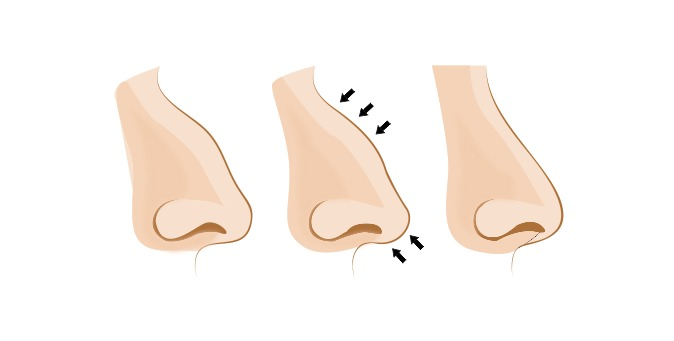
Rhinoplasty Illustration
Rhinoplasty may be used to reshape the bridge of the nose as well as the tip of the nose and can even be used to reform the flare of the nostrils if desired.
Experts in Plastic Surgery
Before and After Rhinoplasty Images
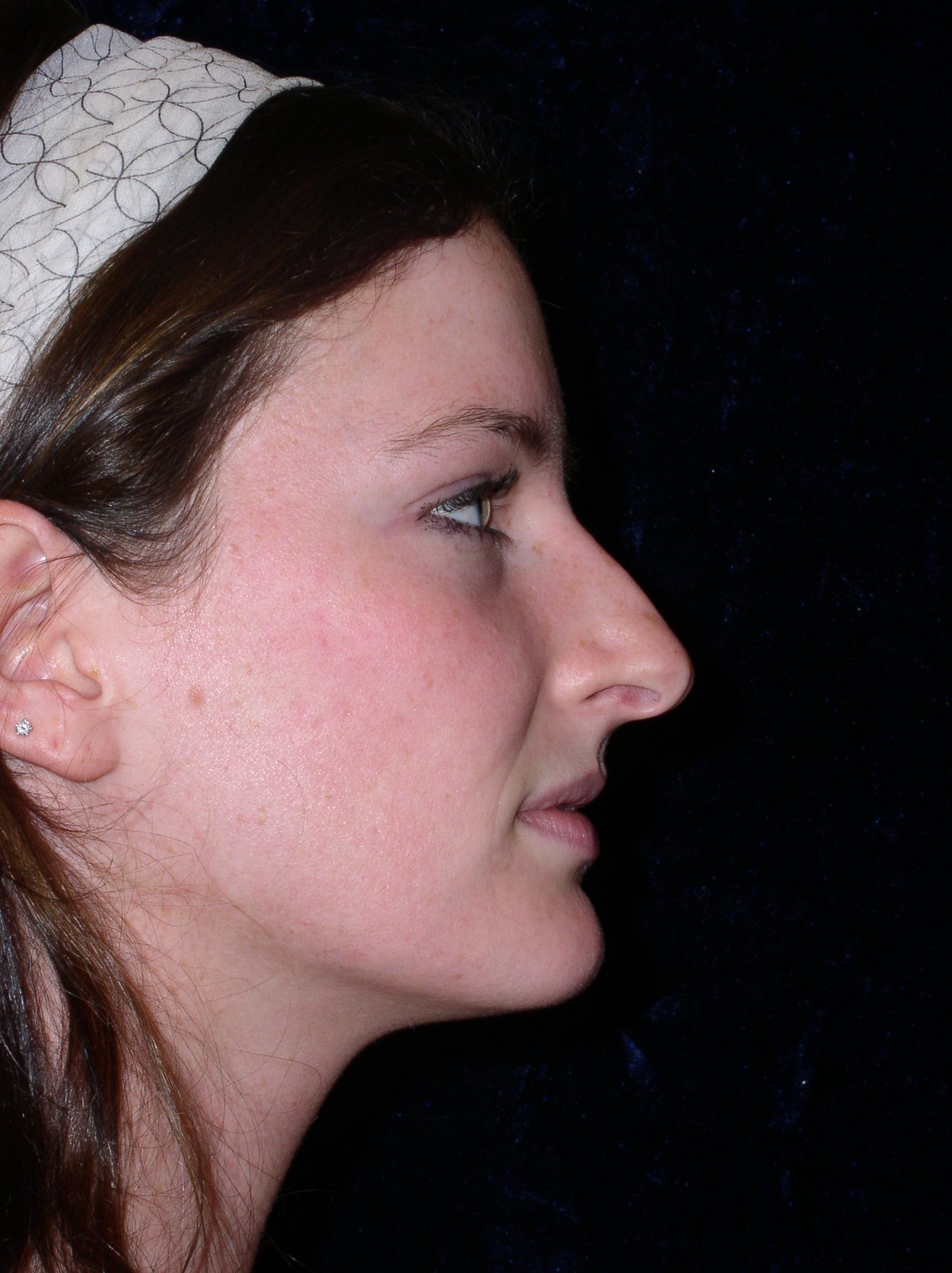
Before Rhinoplasty

After Rhinoplasty
27 year old 6 months after an open rhinoplasty procedure that included reduction of the nasal hump, refinement and elevation of the nasal tip and narrowing of the nasal bones. Procedure performed at INOVA Loudoun Surgery Center in Virginia Details: Open Rhinoplasty Reduction of nasal hump Tip Refinement Tip Elevation Narrowing of nasal bones.
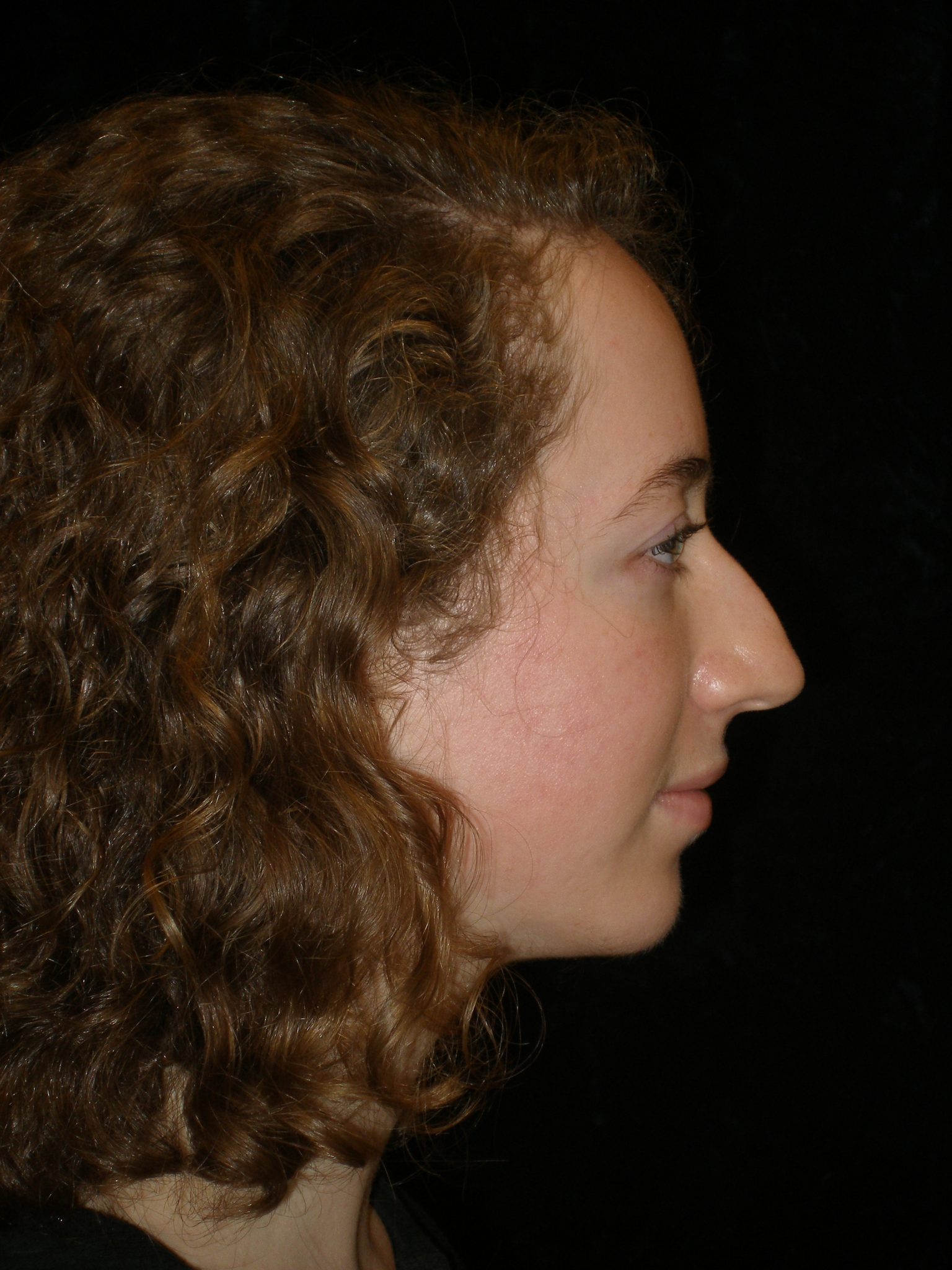
Before Rhinoplasty
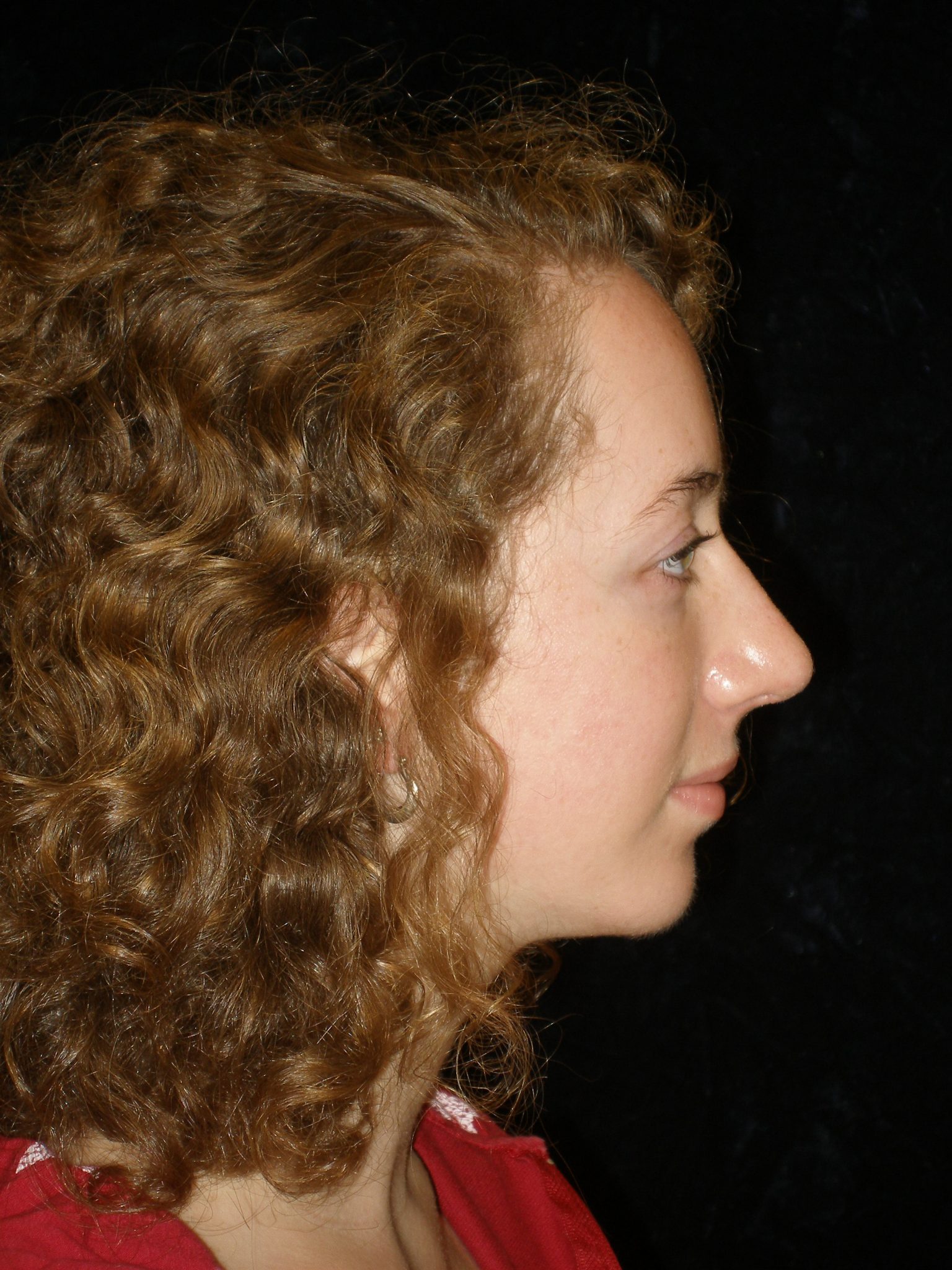
After Rhinoplasty
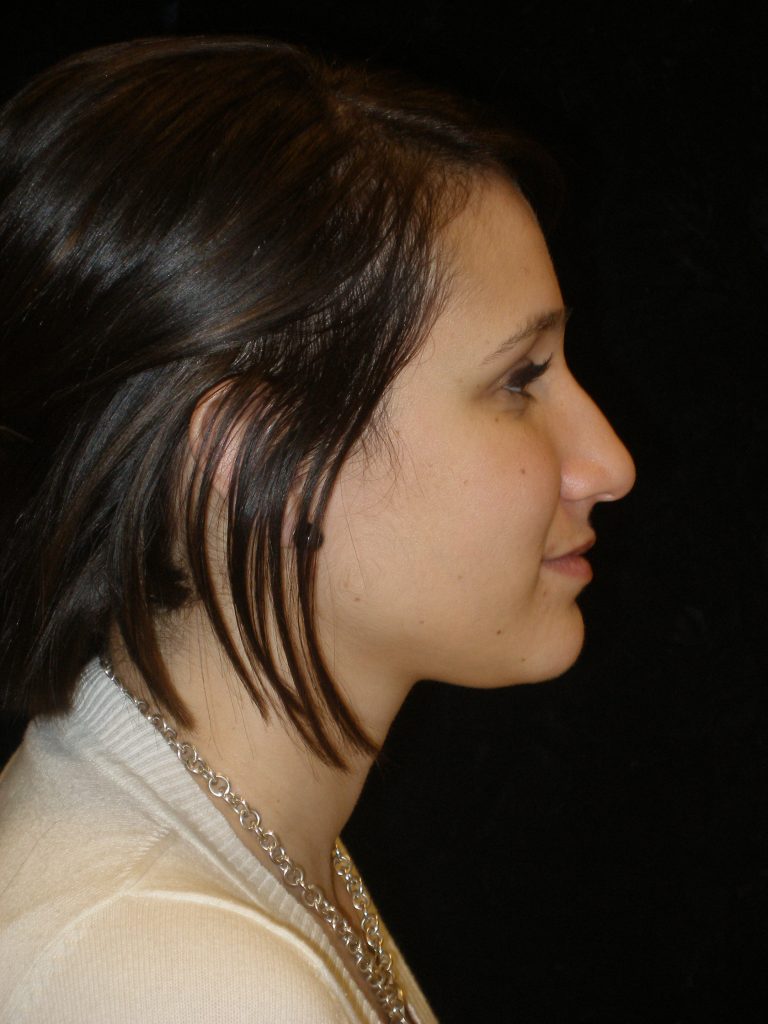
Before Rhinoplasty
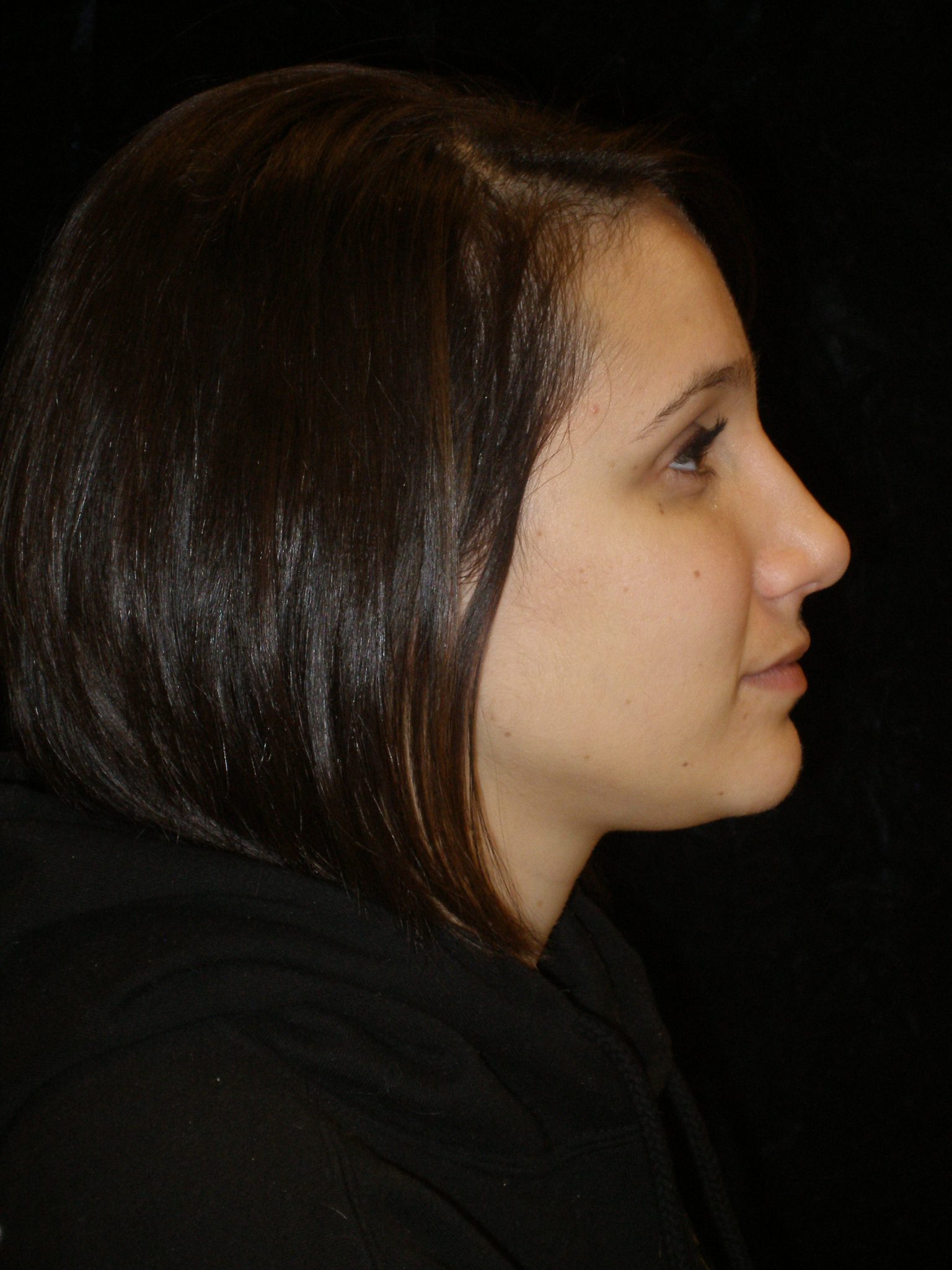
After Rhinoplasty
25 year old female 6 months after a open rhinoplasty that included reducing a nasal hump, reducing and refining the nasal tip, elevating the nasal tip, and narrowing the nose.
Subscribe for monthly specials delivered to your Inbox
Experts in Plastic Surgery
Other Popular Procedures
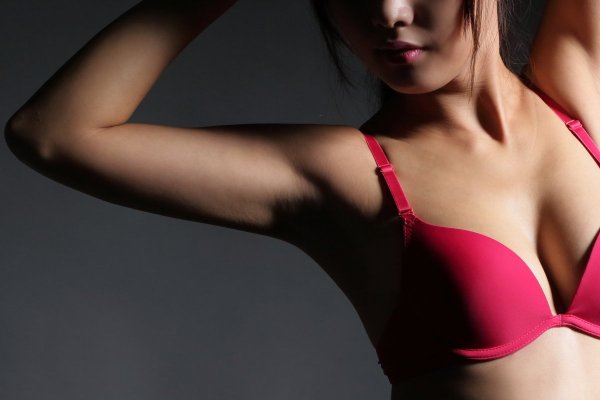
Breast Surgery
Cosmetic breast surgery includes breast augmentation, breast lift, breast reduction and breast reconstruction. Other common procedures include nipple and areola reduction.
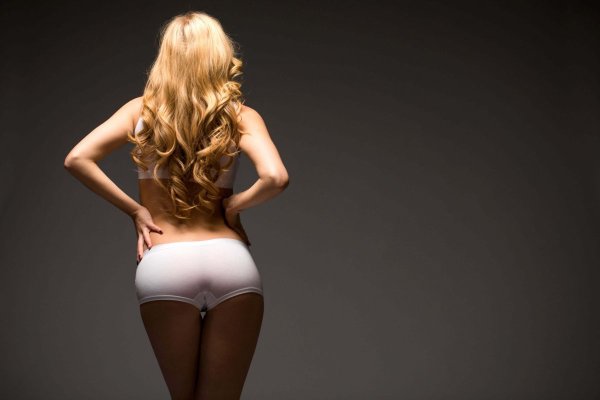
Body Contouring
Body contouring procedures include abdominoplasty, lower body lift, circumferential body lift, as well as thigh and arm lifts. Some patients need it all especially after weight loss surgery.

Face Surgery
Face surgery includes facial rejuvenation procedures such as face, neck, and forehead lifts or simple nonsurgical procedures such as botox, cosmetic facial fillers, or laser skin treatments. Other procedures include nose jobs or ear reshaping.

Skin and Anti-aging
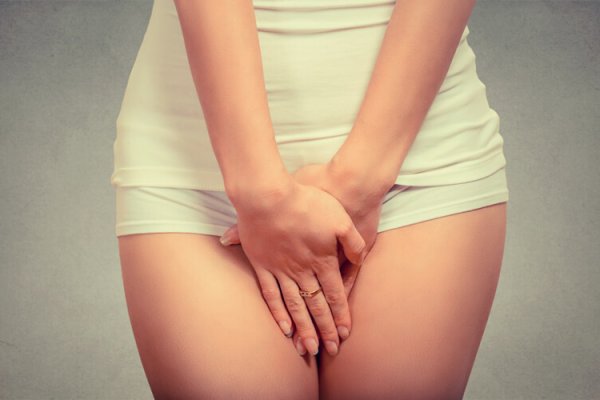
Vaginal Health
Vaginal health includes treatments for vaginal dryness, laxity, and even urinary incontinence. Common procedures include labiaplasty surgery, as well as Diva Laser Tightening.

Non-surgical Innovations
More FAQs
Nose Job in Northern Virginia

Dr. Phillip Chang is a leading plastic surgeon in Loudoun County who specializes in surgical and nonsurgical cosmetic procedures for the breast, body, face, and skin. He is board certified in plastic surgery by the American Board of Plastic Surgery and is the founder of Aesthetica Cosmetic Surgery & Laser Center in Leesburg, VA. Dr. Chang is dedicated to providing high-quality service that concentrates on the unique needs and concerns of his patients. He believes combining attentive care and minimally invasive techniques is the best avenue for achieving beautiful, natural-looking results. Dr. Chang is thrilled to be serving the greater northwest area of Washington, D.C. with top cosmetic care that is dependable and trustworthy.
Interested in learning more about Dr. Chang? Click here.
We are based in Leesburg, VA. Located as part of the Lansdowne medical complex, you have access to our 24-7 state-of-the-art facility as well as access to Lansdowne hospital. We are based directly across the road from INOVA hospital. There is ample parking, elevators to bring you to our third floor offices, and welcoming staff to sign you in.
We are proud of our surgeries and cosmetic procedures and love that our patients are happy too. They like to shout it out on Google, Yell, Facebook, and right here on our website. Check out our reviews here.
Yes we do!
All potential patients receive either a phone, virtual, or in-consultation for free.
During the consultation we will discuss your treatment wishes and expectations. This is the time to ask us lots of questions to really understand what is involved, what the costs will be, and what is expected of you. This is also a great time to get to know Dr. Chang.
Aesthetica has received numerous awards from the Loudoun County Chamber of Commerce, New Beauty, Best of Loudoun, Posh 7 Top Picks, and Dr. Chang is internationally known for his lectures and advances in precise surgical technique as demonstrated through his unique mini-facelift procedure.
We have three execeptionally talents cosmetic nurses:
- Melanie Schwarz, RN, BSN
- Katy Down, RN, BSN
- Angela Westbrook, RN, BSN
Follow us online
Follow us on our other platform for more articles, plastic surgery images, and innovations on our social channels
Solutions for the Nose Job
More Rhinoplasty FAQs
Leesburg | Loudoun | Ashburn | Virginia

The cost of rhinoplasty varies based on what technique is used and how complex your procedure is. Before estimating costs, Dr. Chang will listen to your concerns and goals to help develop your custom treatment plan. When this is done, he can discuss costs for the facility, anesthesia, and more. For your best results, it’s important to focus on selecting an experienced surgeon, like Dr. Chang, instead of the lowest cost.
The cost of a rhinoplasty depends on the technique Dr. Chang chooses for you. The prices listed below are subject to change. Combined procedures are often discounted dramatically. (Please keep in mind facility center fees are only estimates.)
- Surgeon’s fee – Open rhinoplasty – $7,500
- Surgeon’s fee – Closed rhinoplasty – $6,500
- Surgeon’s fee – Nostril reduction – $2,000
- Surgeon’s fee – Cartilage graft from the ear – $2,000
- Surgeon’s fee – Septoplasty – $2,000
- Surgery Center Fees – $ 2,000
- Combined procedures are usually discounted
- VIP Members may have a discounted rate
We do not accept insurance at our office. However, functional rhinoplasty that is medically necessary to improve your breathing may potentially be covered by your insurance. You would be responsible for finding out if your insurance covers this.
If you want to smooth lumps and bumps on your nose, a wrinkle filler (like Juvéderm) might be an option. A filler can temporarily improve minor imperfections, which might help you decide to get a rhinoplasty. Nose surgery is better for larger changes, long-lasting results, and to adjust the internal structure for better function. At your consultation, Dr. Chang can tell you more about nonsurgical nose reshaping.
Ethnic rhinoplasty is about improving the nose while still keeping your cultural identity. This is often a concern if you are African-American, Asian, or Middle Eastern. In your consultation with Dr. Chang, you can talk about what you want to keep and what you want to change. This will allow him to personalize your treatment plan to give you the best results.
Some patients think about combining rhinoplasty with another procedure, like cheek or chin augmentation. Having multiple surgeries for a dramatic result can be reviewed during your consultation with Dr. Chang. Once he understands your goals, he can help you choose which procedures will be in your custom plan. Rhinoplasty can help your whole face appear more balanced, so we advise that you should wait to see your results before getting another procedure.
“Rhino” means nose, and “plasty” means to shape, mold or form. So rhinoplasty is a procedure that reshapes the nose to improve facial balance and appearance.
The two major surgical techniques for performing a nose reshaping procedure are the closed and the open rhinoplasty techniques. The scars or incision are placed inside the nose and all the work is performed using this incision. Closed procedures therefore have no visible external scars. This procedure is ideal for patients who do NOT need work on their nasal tip cartilages. Closed Rhinoplasty is ideal for patients who only need work to either reduce a nasal hump or narrow the nasal bones.
An open rhinoplasty is most appropriate for patients looking to change the appearance of the nasal tip. This would be true for patients wanting to address a “bulbous” nasal time or tip that is too pointed or crooked. The procedure uses the internal incisions used for the closed rhinoplasty but that are joined in the middle under the columella. This very small incision allows the surgeon complete and dramatic visualization that is not possible with a closed rhinoplasty. As mentioned above, a closed rhinoplasty is mostly a “blind” procedure performed by touch and feel.
Direct visualization of the nasal framework allows maximum diagnostic accuracy as well as precision for modification. This approach is especially useful for patients who require complex changes or those with challenging anatomy such as revision rhinoplasty, where the tissues have been previously altered. The trade-off is that open rhinoplasties require longer healing times as the nasal tip will swell for longer.
As you can see, both procedures have their pros and cons. Dr. Chang performs both procedure depending on your exact needs.
As with any surgery, there are associated risks. Only you can decide whether a nose job can achieve your goals and if the recovery and risk profile are acceptable to you. National statistics show that revisions after nose reshaping is required in 10-20 percent of all patients. Fortunately, most revisions are minor. The most common complications are problems with delayed healing, infection from the stitches, minor tissue loss in areas of delayed healing, and widened or thickened scars and the need for more surgery.
Although infrequent, the risks and complications of plastic surgery after nose job can include:
-Bleeding, hematoma, or bruising
-Asymmetry
-Infection particularly from the absorbable sutures
-Change in sensation
-Widened or thickened scar especially in patients of color
-Delayed wound healing or tissue necrosis
-Under-correction or Over-correction
-Unsatisfactory results that may require additional procedures (Patients are responsible for any associated facility fees)
Although patients will look presentable almost immediately, final results of nose reshaping are not usually seen for at least 6 months to a year. This is particularly true of the nasal tip. The nose will continue to change until the tip cartilage feels soft to the touch.
-Moderate swelling for up to 3 months
-Mild swelling for 6-12 months
-Revisions are NEVER performed except under special circumstances (only performed up to 12 months of procedure)
Recovery after rhinoplasty surgery or nose reshaping surgery comes in different stages. The elements include:
- Most patients will be “mentally capable” of work in 3-5 days
- External splint ( if needed ) is removed in 7-10 days
- Internal splint ( if needed ) is removed in 7-10 days
- Nasal packing is removed in 2-3 days
- External sutures are removed in 7-10 days
- Internal sutures are absorbable by may need to be addressed in 7-10 days
- Clean suture line with peroxide IF there is crusting and then apply ointment 2-3x per day
Recovery after a nose job depends on what kind of procedures were performed. Contrary to popular belief, nose reshaping procedures are not particularly painful and most patients will only need narcotic pain medication for more than a day or two.
- If a nasal hump or osteotomy ( to narrow the nasal bones ) is performed, an external splint is on for 7-10 days.
- If a septoplasty is performed, internal septal splints are placed for 7-10 days.
- If a septoplasty is not performed, the nosed is packed with a non-stick dressing for 2-3 days.
- Some minor bleeding is expected for 1-3 days.

